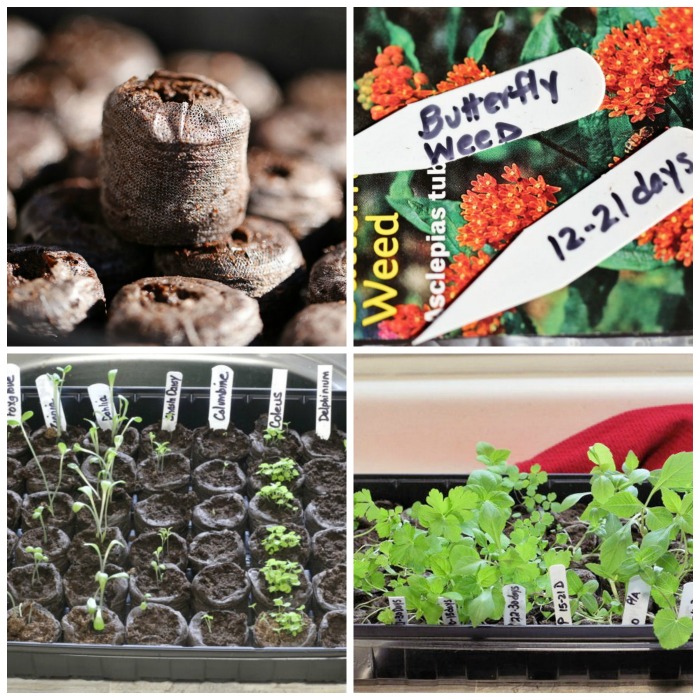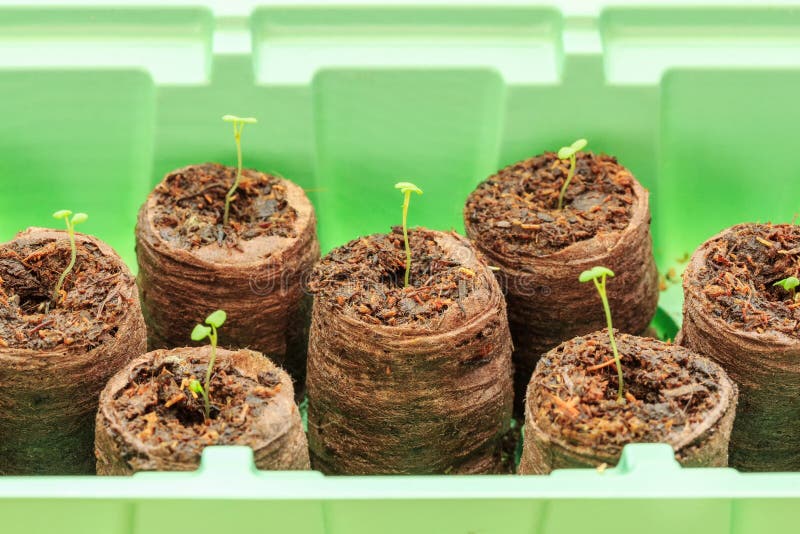

The amount of moisture in the soil where the pots are buried also affects how fast they break down. The thicker the pots are, the longer they take to decompose. How fast peat pots decompose depends on the size and thickness of the pots. Some gardeners have even reported digging up sections of peat pots nearly two years after being buried in the ground. Peat pots generally take a year to break down. Why peat pots restrict root growth 2.1 They take a long time to decompose They are designed for lowering the risk of root injury and transplant shock, as the pots can be planted directly into the garden soil or raised beds, where they will eventually lose form and become part of the soil.Ĭompostable Jiffy pots for starting seeds and seedlingsĢ. Peat pots are used for transplanting seedlings, especially those with fragile roots like cabbage and eggplants. There are also “peat pot” manufacturers that use paper pulp instead of peat moss. They are also known by the name of a major peat pot manufacturer, “Jiffy pots”. Peat pots are natural, biodegradable planters made of sphagnum peat moss and shredded wood pulp compressed into the shape of individual round plant pots and seed trays. 2.6 Different moisture inside and outside of pot.2.5 Peat pots can wick moisture out of the roots.2.2 Peat pots have tough walls and no drainage holes.Prevent the disease by using clean pots, providing adequate air movement around seedlings and resisting overcrowding seedlings.

No treatment is available for Damping Off. The seedlings topple over where the stem has become constricted. Symptoms can include poor seed germination or water-soaked, soft spots on the stem just above the soil line in newly emerged seedlings. ‘Damping Off’ is a fungal disease that can be a problem when starting seedlings.

Aim to keep the day and night temperatures the same or at least within several degrees of each other to help minimize the length between internodes. Warm days followed by cool nights tend to increase the internode length, resulting in ‘stretched’ plants. The gentle brushing or the gentle breeze will tend to decrease transplant height and strengthen stems.Ī large difference between day and night temperatures can also result in elongated transplants. To control transplant height, lightly brush the tops of the plants with a wooden stick or a rolled up towel or place an oscillating fan approximately three feet from the transplants for six to eight hours per day. Transplants that are too tall will tend to break and dry out more easily once planted out into the garden. The internodes will be small: internodes are the space between sets of leaves on a stem. The ideal transplant has a good root system but is not root bound. This photo shows poor quality pepper transplants - leggy and overgrown. Apply a water soluble 20-20-20 fertilizer once a week.

To test if the lighting is sufficient, the shadow cast on a white piece of paper at midday by an object 10-15 cm above the paper should have a definite outline.Ĥ - Most commercial medias contain very few nutrients. Place the lights 30-45 cm above the seedlings for 12 to 14 hours per day. Grow-lights can be purchased at most garden centres. Article contentģ - Adequate lighting is crucial for growth of healthy transplants. This advertisement has not loaded yet, but your article continues below. Manage Print Subscription / Tax Receipt.


 0 kommentar(er)
0 kommentar(er)
